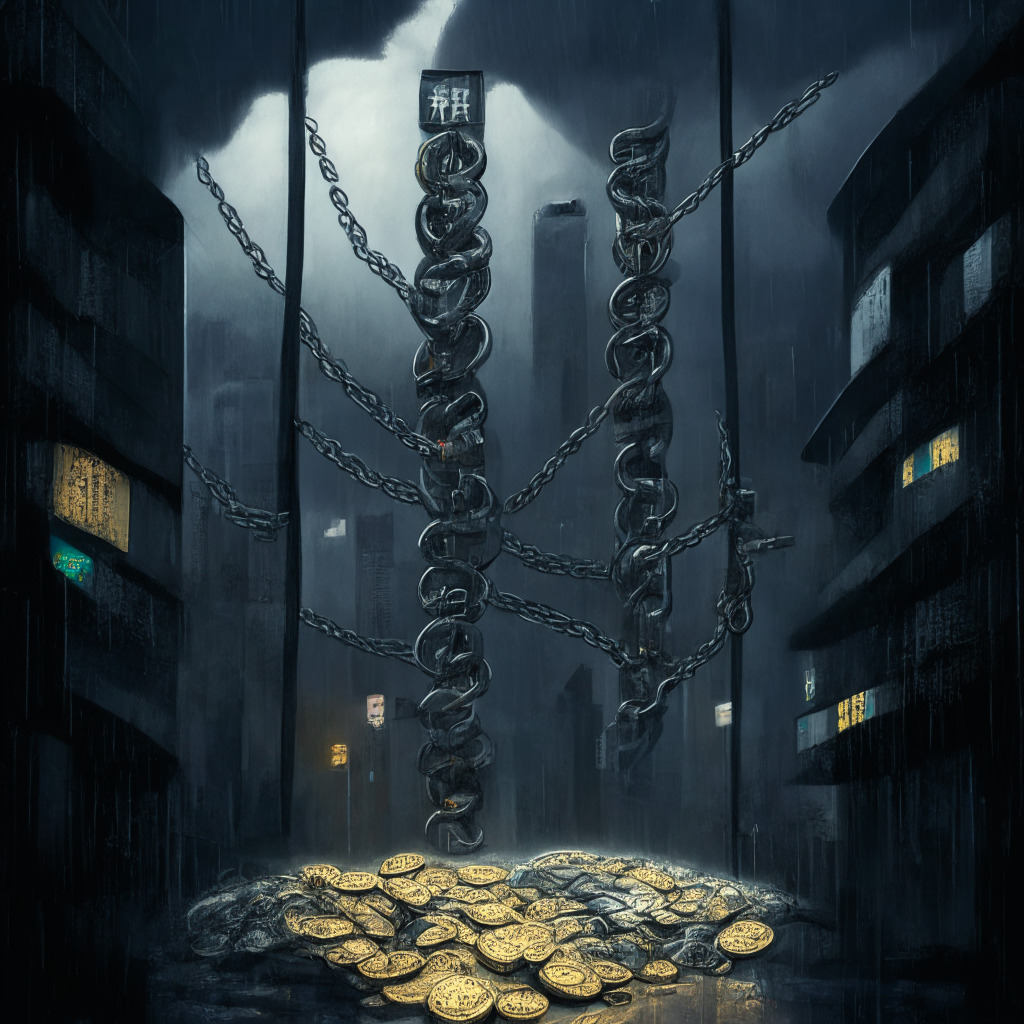Crypto’s theater of the absurd is the talk of the town with developers and founders endorsing the critiques against it. A recent speech at EthCC flagged the excessive drama around decentralized finance and crypto efforts. It seems as though crypto at present is an elaborate facade, behind which the magic that once existed has faded into obscurity. Despite the rise and fall of the hype, the authenticity of use-cases seems debatable. True, Argentines seeking financial freedom might disagree, however, the rest of the global community seems to be more skeptical.
The recent bull market and subsequent bearish trend, unveiled considerable progress. DAOs have helped organise global individuals with a common cause.NFTs have inspired a new wave of enthusiasts towards the ownership of digital property. Ethereum transitioned to proof-of-stake, showing the potential of decentralized development, while Layer 2s made headway towards a scalable blockchain infrastructure. Real world Assets (RWA) uncovered the bridge to non-speculative uses cases.
Simultaneously, there’s no denying that the failings of DeFi and Web3 have surfaced, with decentralization, governance and community theater unraveling. Decentralized apps were touted as immutable protocols, ruled by pre-written smart contracts. However, the reality seems somewhat different. DeFi projects can be influenced, censored, or halted by individuals or teams at their discretion. The notion of ‘God Mode’, where projects can alter the protocol as they please, unveils the illusion of decentralization.
This influence could trickle down to regulators, potentially compelling developers to reveal information or shut down the project altogether. The promise of a feasible infrastructure for the financial future seems shaky. How can institutions entrust trillions of dollars to a system that can be whimsically changed?
Arguably, governance systems within crypto landscapes are also cause for concern. Although users were promised ownership and influence over applications and financial services through possession of native tokens, this appears to be a fallacy. With the vast majority of holders treating these tokens as investment vehicles rather than voting rights, the governance system more resembles an oligarchy than a democracy.
Crypto’s ecosystem exists because of a relatively small group of risk-friendly investors relentlessly searching for the best Annual Percentage Yield (APY). However, the real economic activity seems to be sidelined, pushing the intent towards speculation.
The real question surfaces – why does this facade continue? Is it due to hostile regulations or perhaps the thrill of innovating towards a better future? The lack of clarity from the top regulatory agency about violation of U.S. laws might be prompting protocol teams to resort to these facades.
Belief in what crypto aims to achieve might still ignite the will to change the world and build things that need to exist. Speculation and liquidity encourage mass adoption and field testing of projects. A transition to a genuine decentralised future seems more important than the fake decentralisation we are witnessing.
A connection to everyday people where DeFi is used freely looks promising. Already, in Argentina and other emerging markets DeFi is being used to hold and earn yield on stablecoins. Building for artists, users of traditional banking, and individuals seeking financial freedom should be the focus rather than satisfying the requirements of regulators.
Source: Coindesk




